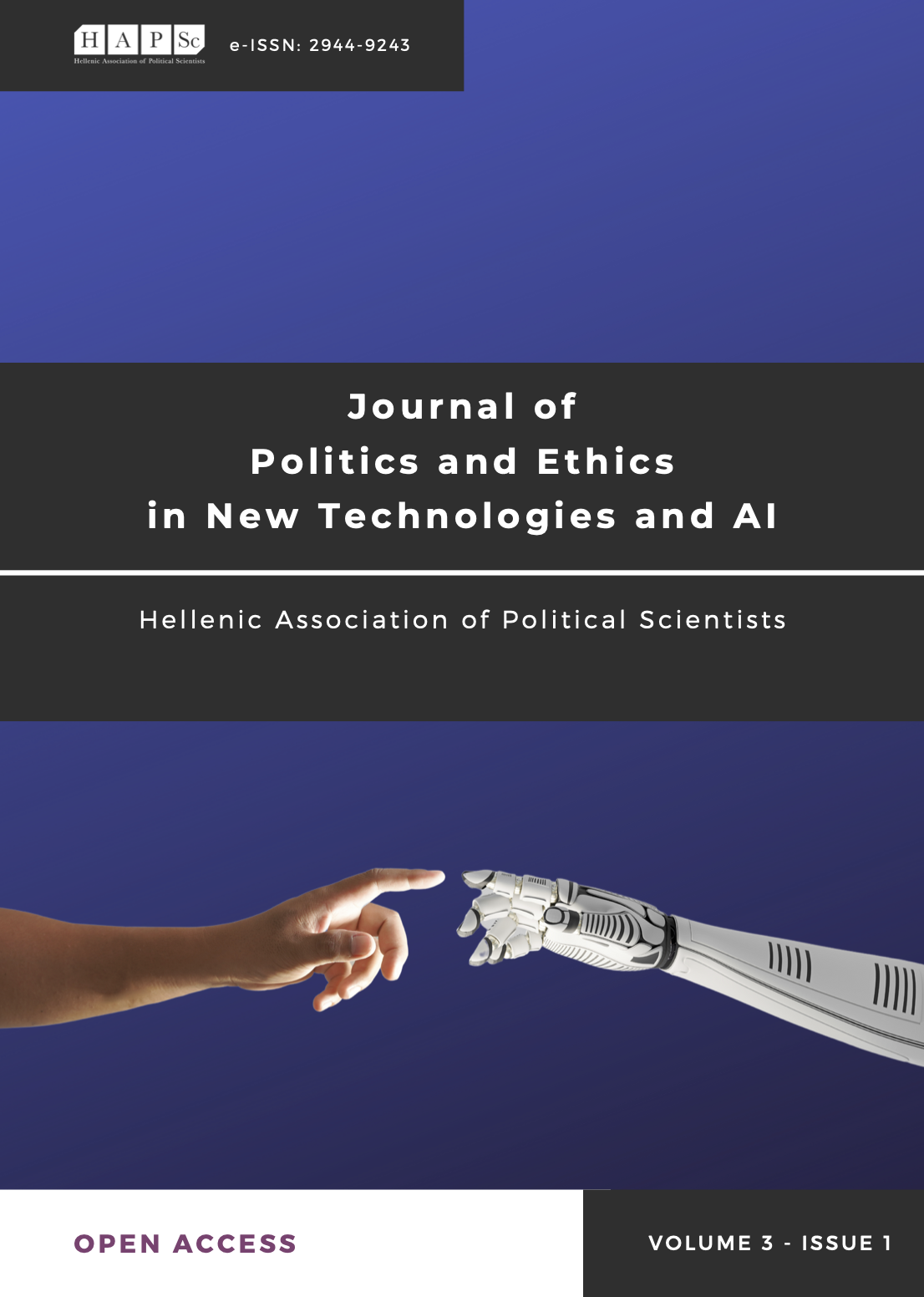Counterintelligence, Artificial Intelligence and National Security: Synergy and Challenges

Abstract
Counterintelligence (CI) and Artificial Intelligence (AI) represent two distinct yet interconnected domains that play pivotal roles in safeguarding National and International Security. On the first hand, CI involves activities and measures taken to identify, prevent and counter any Intelligence activities of hostile entities, such as spying, sabotage and information gathering. On the other hand, AI refers to the development and use of computer systems that can perform tasks that typically require human intelligence, such as learning, reasoning and problem-solving. Subsequently, in the ever-evolving landscape of global security, the rise of AI has ushered in a new era of CI practices. The present paper delves into the intersection of CI and AI, exploring the profound impact of AI on the CI processes and how it is transforming National Security strategies, highlighting at the same time the fields of mutually influence. Ultimately, underscores the imperative of harnessing AI's potential to strengthen CI efforts in an ever-evolving threat landscape. Plus, it investigates the ethical concerns and privacy implications associated with AI in CI emphasizing the imperative of responsible AI development and deployment. Finally, through comprehensive international case studies, offers insights into how United States, China, Russia and Israel have integrated AI into their Intelligence and CI strategies, shedding light on the diverse approaches and challenges faced by different countries. Summarizing, the paper underscores the potential synergy between AI and CI, while also acknowledging the formidable challenges it presents, such as privacy concerns and adversarial AI. Striking a balance between harnessing AI's power and safeguarding national interests remains a pivotal task for policymakers and intelligence agencies in the ever-evolving landscape of national security.
Article Details
- Section
- Research Articles

This work is licensed under a Creative Commons Attribution 4.0 International License.
Authors retain copyright and grant the journal right of first publication with the work simultaneously licensed under Creative Commons 4.0 (CC-BY 4.0) license, that allows others to share the work with an acknowledgement of the work's authorship and initial publication in this journal.





